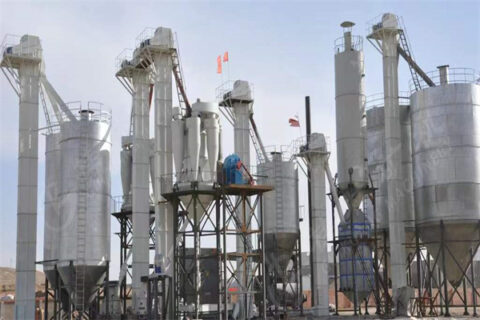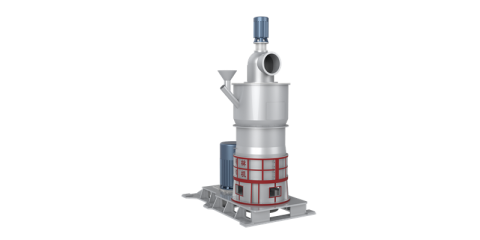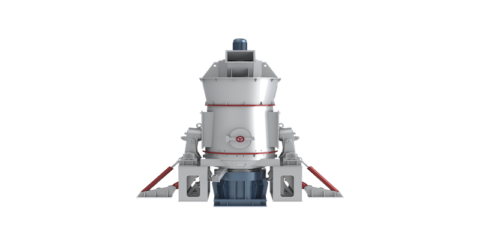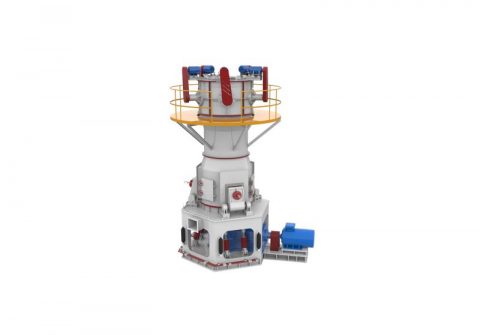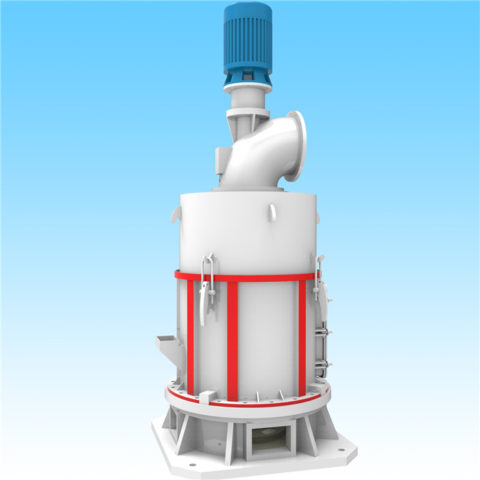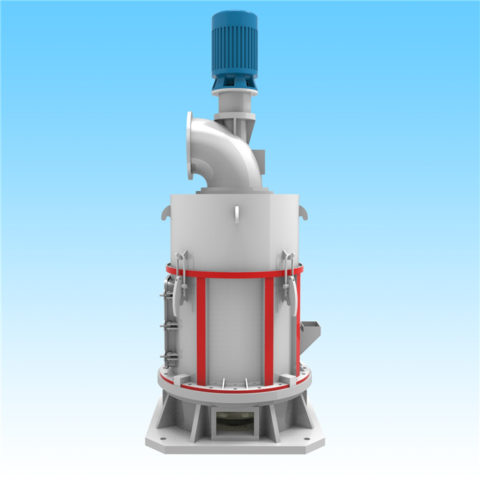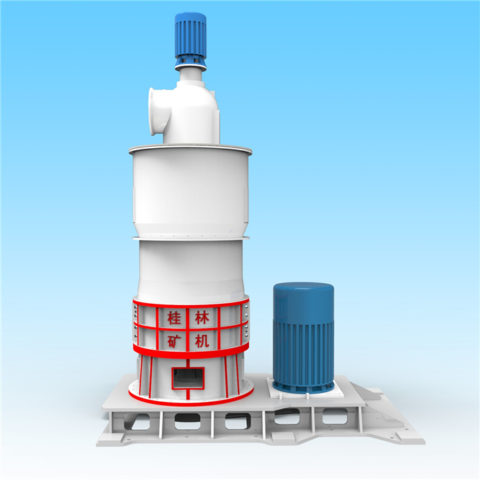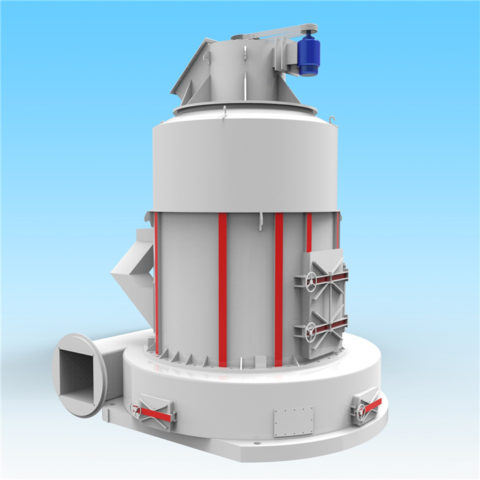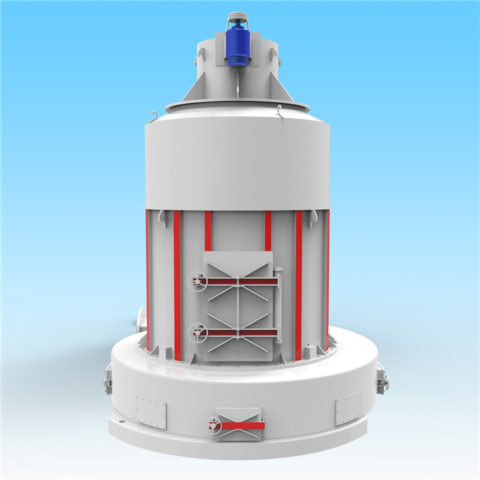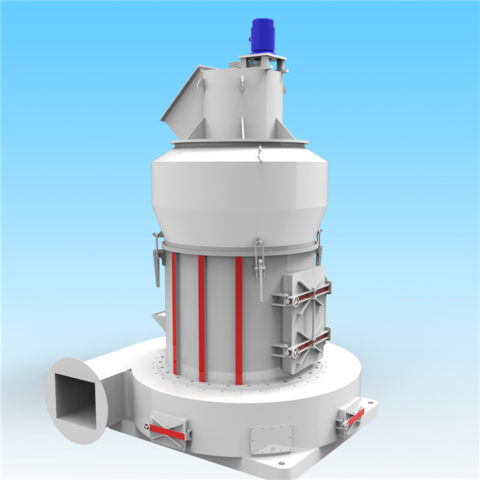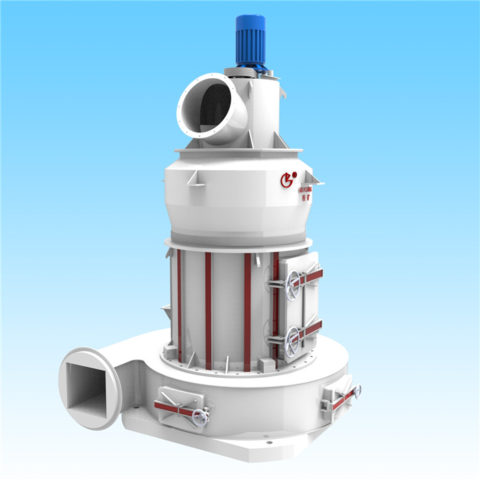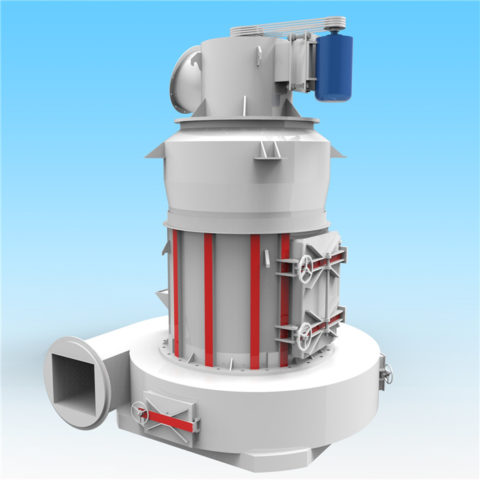Titanium dioxide, as a high-end white pigment in the industrial field, has been receiving much attention. The latest quotation of titanium dioxide, the mainstream processing technology of titanium dioxide, and the equipment of titanium dioxide grinding mill machine? If you want to know about titanium dioxide, please continue to browse below.
The market price of titanium dioxide soared last year, and the price soared.
Compared with other white pigments, titanium dioxide has significant advantages, and is superior to other white pigments in terms of whiteness, coloring power, covering power, weather resistance, heat resistance and stability. Although there are many kinds of inorganic chemical pigments, few can completely replace titanium dioxide in coatings, plastics, rubber, paper, ceramics, cosmetics and other industries. The manufacturer of titanium dioxide grinding mill equipment predicts that the market situation and development prospect of titanium dioxide will be better and better in the future.
The following describes the titanium dioxide Raymond mill equipment and the current mainstream production process. The main component of titanium dioxide is titanium dioxide, and the production process includes sulfuric acid method and chlorination method.
1. Sulfuric acid method
The production process is to hydrolyze ferrotitanium powder and concentrated sulfuric acid to produce titanium oxysulfate, which is hydrolyzed to produce metatitanic acid, and then calcined and crushed to produce titanium dioxide products. This method can produce anatase titanium dioxide and rutile titanium dioxide. The advantages are that ilmenite and sulfuric acid are used as raw materials, with low price and easy availability, relatively mature technology, simple equipment required, and easy solution of anti-corrosion materials. The disadvantages are long process, wet operation, high consumption of sulfuric acid and water, large discharge of by-products and waste, and serious environmental pollution.
2. Chlorination process
The production process is to use titanium-containing raw materials, such as chlorinated high-titanium slag, artificial or natural rutile, to react with chlorine gas to generate titanium tetrachloride, which is purified by distillation, then subjected to gas-phase oxidation, and then rapidly cooled to obtain titanium dioxide through gas-solid separation. The advantages are short process, easy expansion of production capacity, continuous and automatic production, relatively low energy consumption and low waste discharge. The disadvantages are that the equipment structure is complex, the investment is large, the requirements for materials are relatively high, high temperature resistance and corrosion resistance are required, and the research and development technology is difficult.

